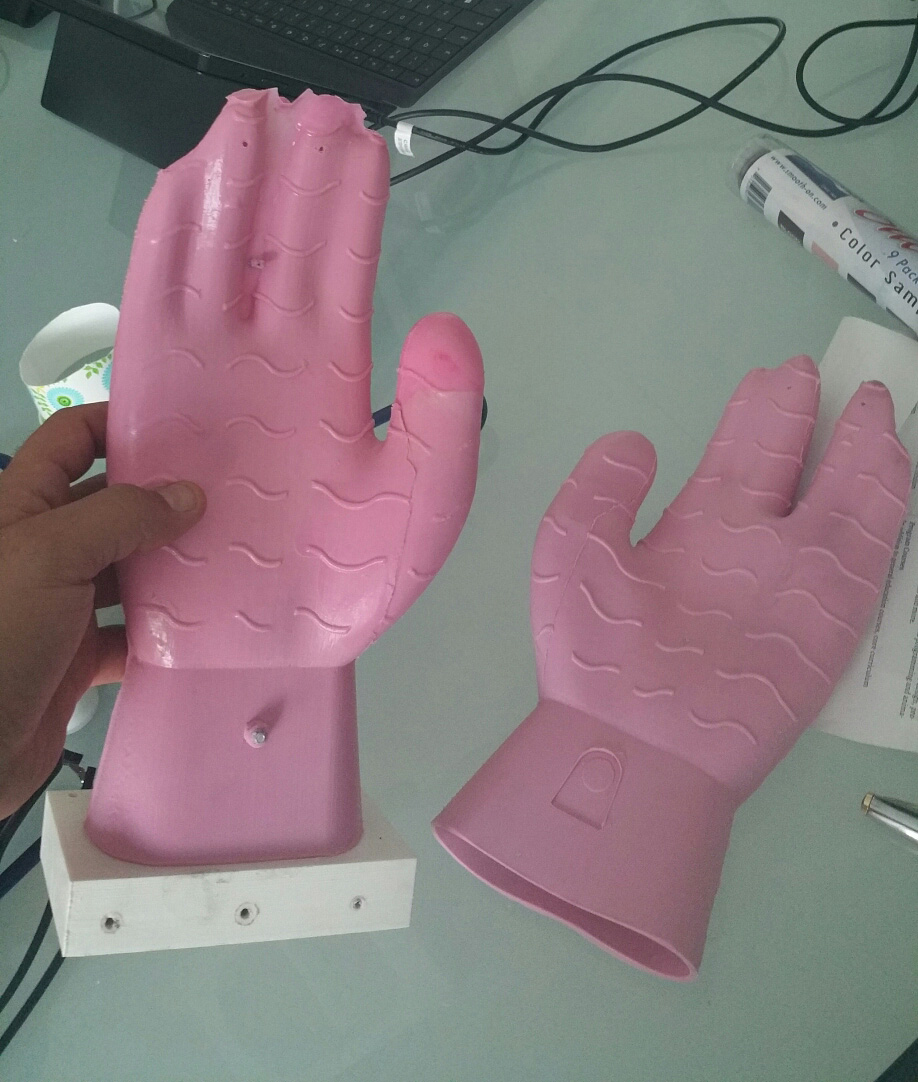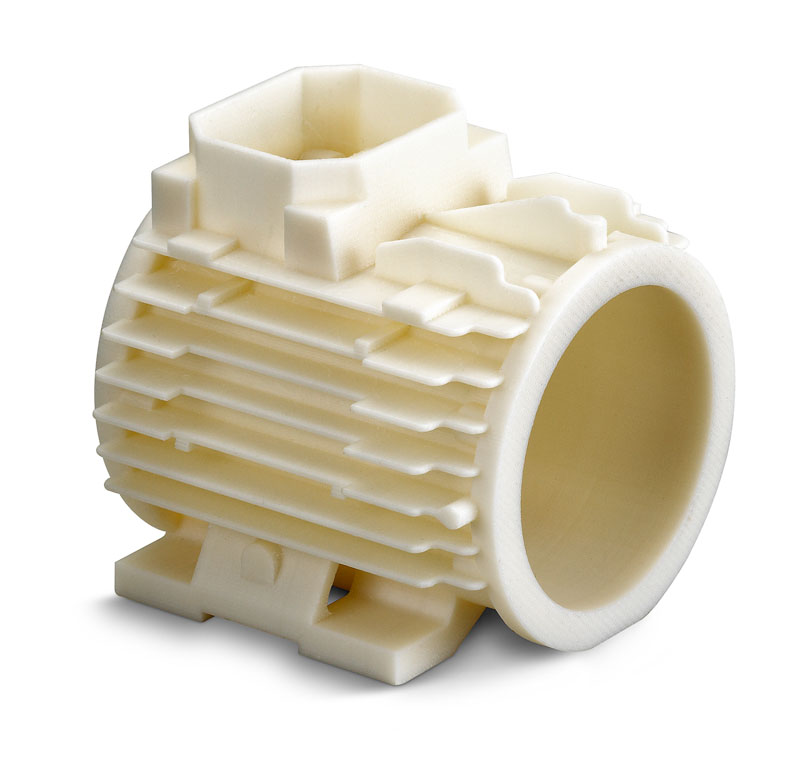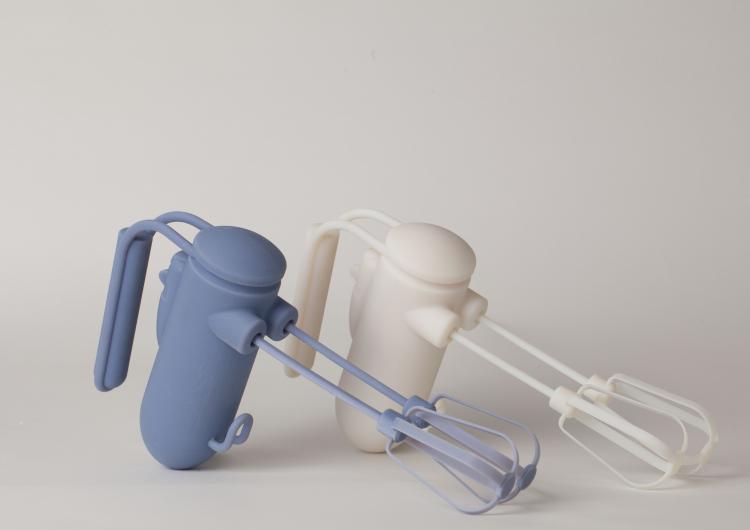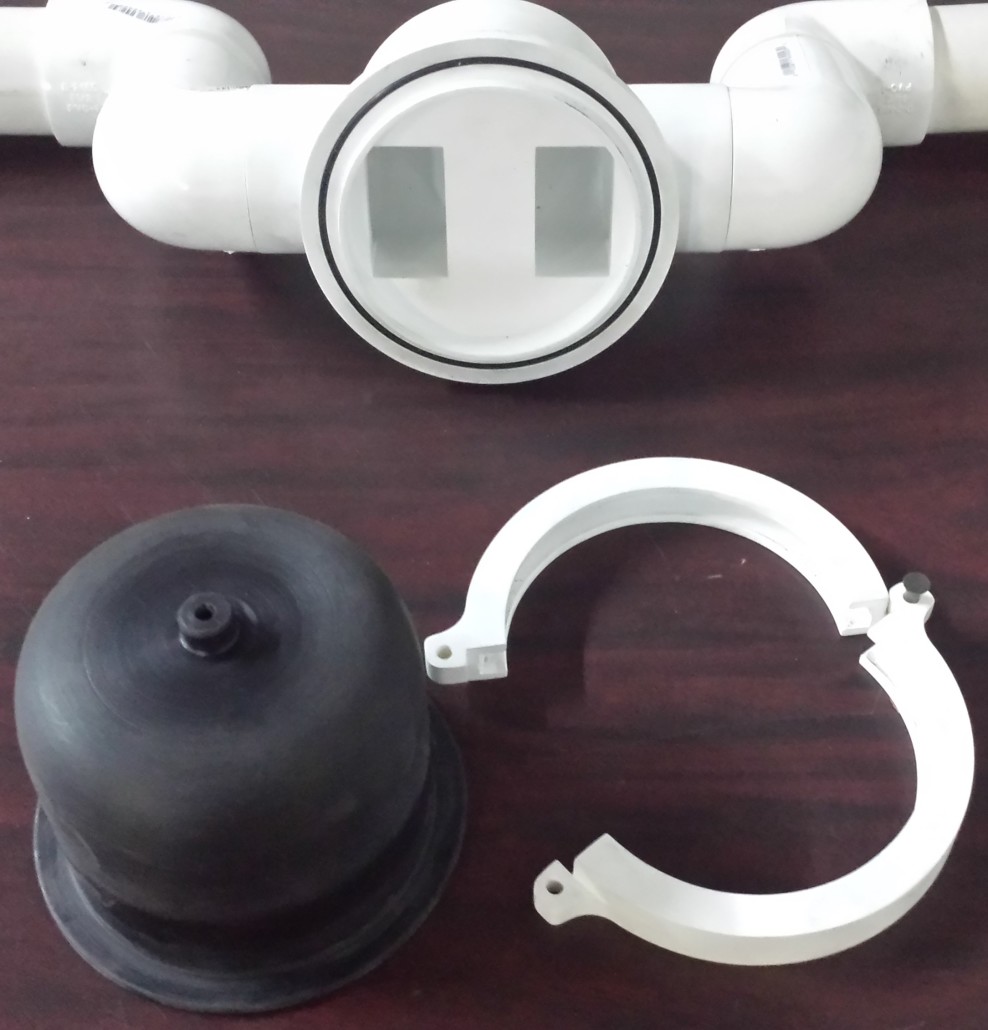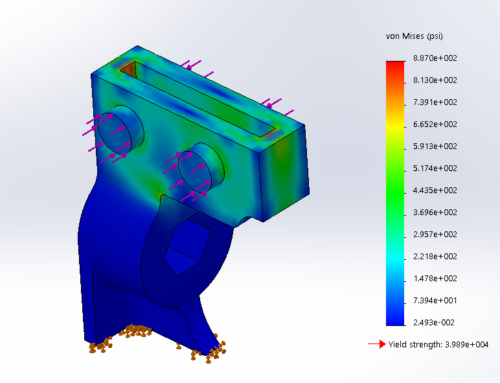We live in a truly amazing time of innovation and ideas. In the past, in order to get a prototype working, you would find yourself in the garage drilling, sanding, and grinding stock material until you got the desired shape. However, with the advent of new technologies, such as 3D Printing, CNC Milling, and Mold Casting, we can offer our clients a wide variety of ways to create their prototypes at a very affordable cost. The end goal of prototypes is to be manufacturable and mass-produced, something that we fully understand and strive to offer our clients at Blue Ring Technologies. 3D Printing: 3D Printing is obviously one of the hottest topics in the manufacturing world. It is a tool that slices your part and creates many layers (think of bread slices at a microscopic scale). It is the single most affordable way to create prototypes. We offer our clients two choices when 3D printing their prototype: Fused Deposition Modeling (FDM) or Polyjet. FDM is used when the desired parts can tolerate specifications of .007 inches. This is usually acceptable for many of our clients and is the most affordable route.
Polyjet technology is similar to a household paper printer, in which droplets of material are used to create a part. Polyjet is used for clients that need prototypes with ultra-precision, somewhere in the realm of .002 inches. The great thing about Polyject technology is that it allows for a wide variety of materials from which to produce the prototype. The material options include ABS, PLA, Rubber-Like, Transparent and many more.
CNC Milling: Before the explosion of 3D Printing, the go-to method for creating a prototype was a CNC machine that would carve the desired material stock. There are many advantages to using a CNC machine prototype over a 3D printed one. One benefit is that the stock material matches the structural integrity of the final product more than in any other method of prototyping. I usually recommend CNC milled prototypes whenever liquid or pressure is involved. CNC milled prototypes are sometimes indistinguishable from the real thing and can even be used for functional testing. https://www.youtube.com/watch?v=n6WL5YP7mGM
Mold Casting: Mold Casting is a great way to create complicated organic curve products. More specifically, products that require extreme flexibility and elasticity should be formed using a Mold Casting method. Mold casting is usually done with either a metal or plastic mold, where a resin is poured into the mold to create the desired shape. Our clients have been thrilled with the results, as we have provided a unique solution to a common problem that has not easily been found anywhere else. At Blue Ring Technologies, we will find a solution to your prototyping needs, no matter how complex the project might be. 3D Printing, CNC Milling and Mold Casting are the typical rapid prototype methods we use, but technology is always moving forward. We are constantly researching, experimenting and testing different manufacturing and prototyping methods to provide you, our clients, with a full range of innovative options that you expect from us. 